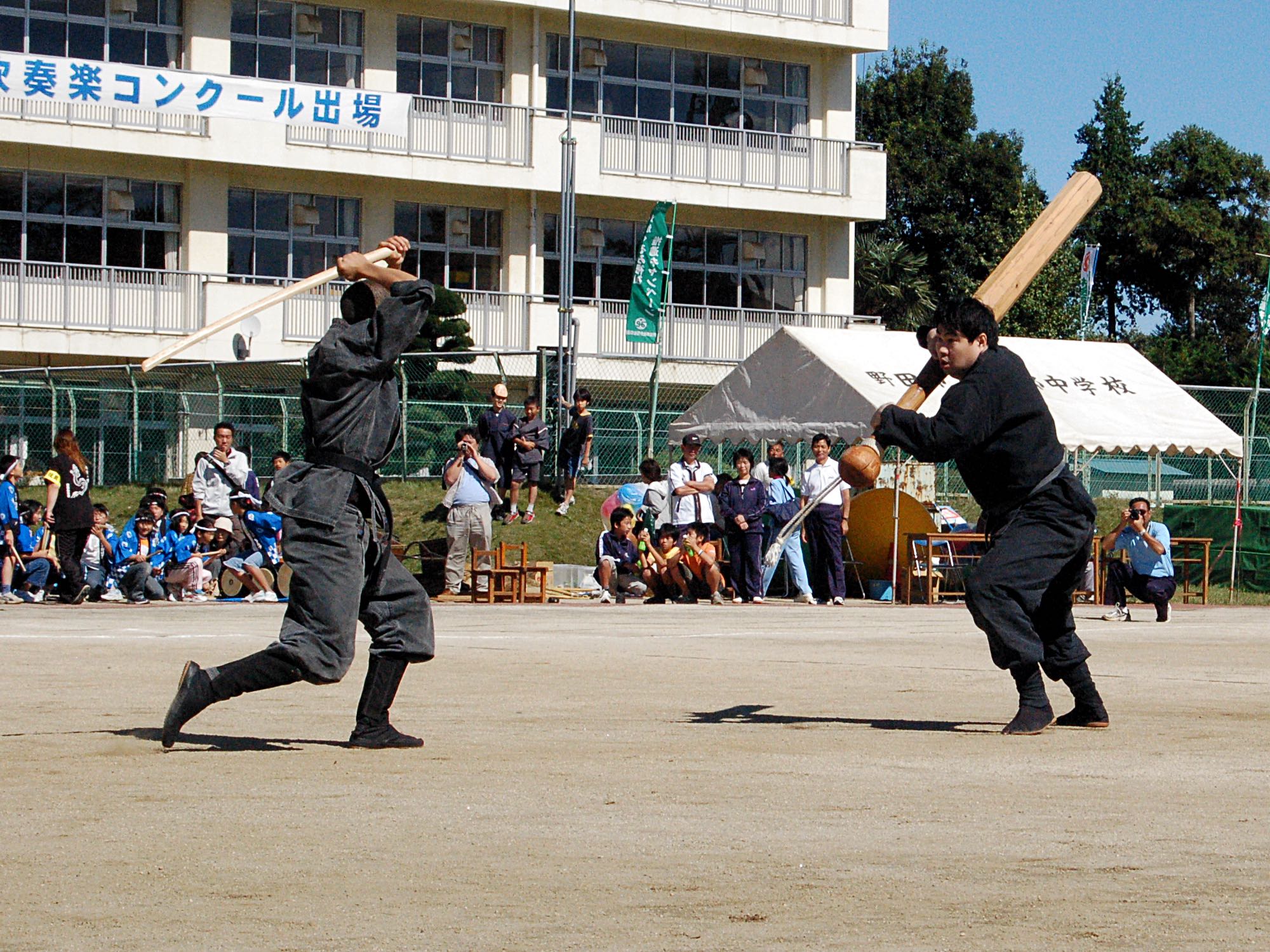Tag: kihon happo
-
The ‘Kokoro’ of Kihon Happo
Kage No Ittō When thinking about Kihon Happo, I feel I must start from the time, over 23 years ago when I was allowed to become a student. At the time I was a 17 year old high school student, with a strong interest in Judo, Kendo, Karate, Aikido and Shorinji Kempo. I was training…
-
Kihon Happo
I Tetsu följer vi alltid det tema som Hatsumi-sensei bestämmer i japan och jag tycker det är viktigt att göra det. I år är temat, som bekant, Kihon Happo och Shinden Fudo ryu iaijutsu. Anledningen till att det är Kihon Happo är för mig rätt självklart. Låt mig berätta en historia från ett av mina…
-
Kihon Happo – Ichimonji No Kata
Här visar Nagato Shihan och Navon Shihan ichimonji no kata från kihon happo. Klippet är från taikai i London. Jag tror det är 1988. http://www.youtube.com/watch?v=JBQxtEVnP-4

